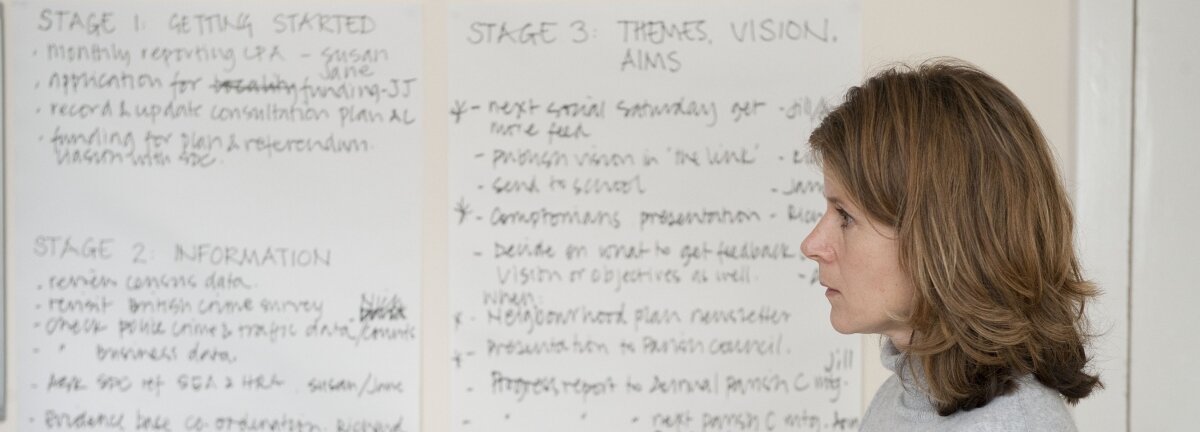How Built Environment Experts add value to projects

We are looking for exceptional individuals to become our next set of Built Environment Experts (BEEs). Last week we asked some well-established BEEs the top three skills required to undertake the role effectively.
Now we are turning our attention to the broad range of activities BEEs get involved in, supporting clients from developers to local authorities and community groups. What is it that they do that makes them so indispensable?
Speaking to our BEEs, it emerged that there are three vital areas where they add value:
Design Review
For a Design Review, BEEs from different disciplines such as housing, sustainability, planning and public space come together to form a panel looking at design proposals. They give an independent view of the quality of the design.
Louise Goodison, Director of Cazenove Architects, highlights just how important Design Review is in supporting clients: “Design Council Cabe has led the way in establishing Design Review as a key and influential part of the development programme. As a BEE, it has been very exciting to be a member of their Design Review team; the process has seen a marked uplift in design and development quality.”
We certainly aim to help clients get the very best from developments – for example, read some of the insights gained by the Chairs of our recent Oxford Design Review in this Q&A.
National programmes
Working as a Cabe BEE has given me an opportunity to contribute to some ground breaking national programmes such as the Active by Design programme and work on community-led housing.
Nicole Collomb, BEE
BEEs often work on high-profile national programmes which have social impact at their core. One example of such a programme is Active by Design. Active by Design aims to create thriving, healthy and inclusive places through excellent design.
BEE David Bonnett is a leader in the field of inclusive design and Chair of our Inclusive Environments steering group. This group came together to develop the Built Environment Industry Action Plan which has been presented to Stephen Williams MP and Mark Harper MP.
Working at a local level
BEEs do not solely focus on national projects – they also work on smaller scale projects to help local communities.
Amanda Reynolds, the Director of AR Urbanism and BEE, highlights that: “The experience can be…hands-on, working closely with a range of community groups, local authorities and consultants to promote high quality design, support place-making and community building initiatives throughout the country.”
Perhaps the most important aspect of the role of a BEE is to promote the value of planning, designing, building and managing places inclusively – working on small community projects through to large-scale national ones. For BEEs, it can be very challenging, but also exceptionally rewarding, as they help us to deliver the best possible outcomes for places.
The BEE recruitment application process closed at 2pm on Friday 31 July.
For more information, please contact BEE@designcouncil.org.uk.
Subscribe to our newsletter
Want to keep up with the latest from the Design Council?
